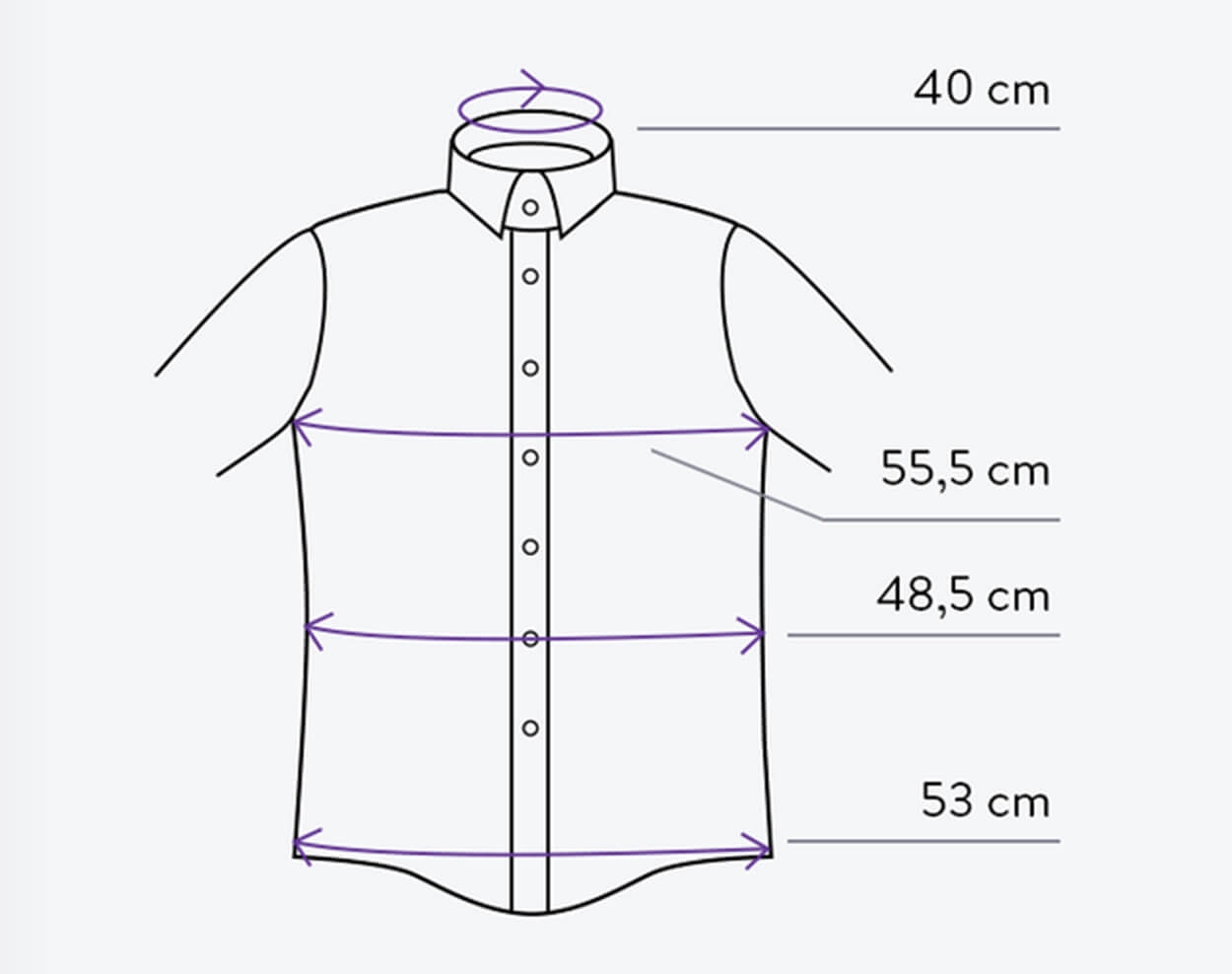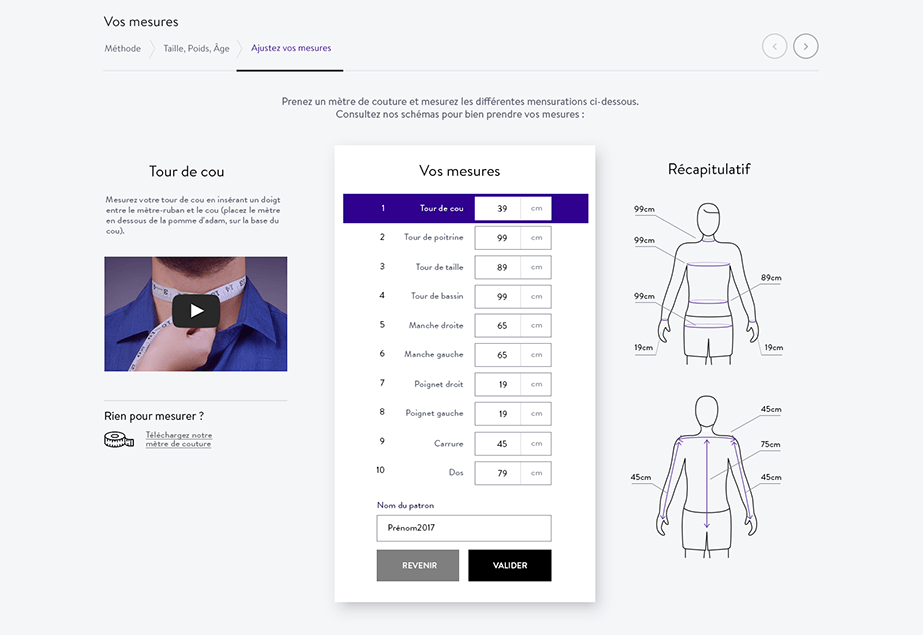Among the clothes we wear every day, the shirt can be the most pleasing or the most problematic, depending on the choices we make and the mistakes we make.
When it comes to taste and style, there's nothing anyone can do.
When it comes to size, cut and measurements, on the other hand, there are rules that can help us improve our look, emphasize our assets, structure our silhouette and erase our flaws. There are proportions to be respected, patterns to be avoided, collar styles that will look great on us, and others that will not. Finally, there are size guides for men's shirts to refer to, and precise patterns to follow.
Choosing the right size for the right shirt is the first step towards masculine elegance in a key everyday garment that's much more complex than it looks...

For all the people mentioned above, but not only, online made-to-measure clothing is an excellent alternative to ready-to-wear, which, let's be honest, no longer suits many people in terms of fit and value for money.
Go for slim cuts that will emphasize your look rather than trying to gain thickness. To enhance your silhouette, you can play with colors, patterns, thick fabrics and layering. Fitted shirts, but not tight-fitting ones.
Think about what's most important to you about the shirt, what often causes problems when you try it on: is it the length of the sleeves? The length of the back? There are some basic elements you can't do without if you really want your shirt to fit. Find out what they are, so you can be sure that your standard shirt size is the right one.
Plus-size ready-to-wear shirts tend either to be too tight in certain places, or to swallow you up because you go up a size for comfort. Once again, choose the criteria that are essential for you to find your basic size. The rest is a matter of alterations and measurements.
If you've been wearing shirts for many years, you may be aware of the size correspondences between brands and countries around the world. Beware, however, that it can be difficult to find your way around, because in the end it's really only the collar size that counts as a shirt size. If you buy a size 40, you're sure to get a 40 collar, but the rest of the shirt can vary greatly from one brand to another, depending on whether they “cut small or large”. The important thing is to refer to a chart to compare sizes with your measurements and the measurements of the corresponding shirt.

For all the people mentioned above, but not only, online made-to-measure clothing is an excellent alternative to ready-to-wear, which, let's be honest, no longer suits many people in terms of fit and value for money.
Finding your ideal shirt size from collar to cuff is no easy task, but if you take the time to observe and measure yourself, it's an easy choice. A shirt that fits perfectly is the beginning of style. Then it's up to you to add your own unique touch.
With our tool "Smart Measurements" Fill in your height, weight and age, and we'll automatically suggest the right measurements for you.
Check these measurements against your own by following our guides and video tutorials. We'll then create your shirt pattern that you can easily reuse later. No more sizing problems!
Does your weight change over time? No problem, your pattern is not fixed and can easily evolve. You can also create several patterns for your weekend and office shirts, for example.

Start measuring